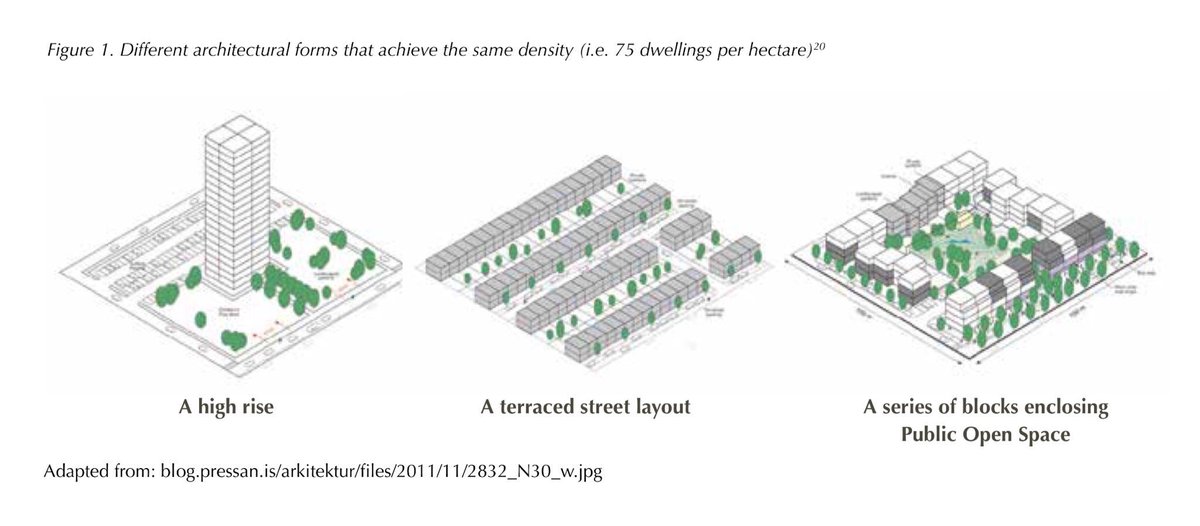Andrew Whittemore and I just finished a project looking at how framing by planners and community members affects public interpretation and approval of efforts to densify cities. This project involved two big surveys of planners and engaged local voters.

You can read all about our findings in FOUR (yes, 4..) papers coming out in top planning journals:
Andrew H. Whittemore and Todd K. BenDor. Reassessing NIMBY: The demographics, politics, and geography of opposition to high-density residential infill. Journal of Urban Affairs (In Press) | LINK
Abstract: Planners often attempt to accommodate growth in already developed areas. Opposition to high-density (i.e., at a higher unit density than surrounding development) residential infill in developed areas is, however, a long-established force in land use politics. We hypothesize that opposition to this development, as well as 6 specific concerns with this development’s impacts, are likely associated with a variety of ideological, demographic, geographical, and political characteristics and that these associations can tell planners much about the character of this opposition. We use a web survey of verified voters in local elections (n = 772) in medium- to medium high- density ZIP codes to find relationships between these characteristics and respondents’ feelings toward a hypothetical high-density residential infill development. Our findings expose the varied character of responses to this development: respondents of some characteristics—for example, those who strongly value their communities’ attractiveness, vitality, walkability, and bikability—are more likely to have specific concerns while remaining open to the development, indicating the possibility of constructive conversations with these groups. On the other hand, the concerns of other groups, notably those of conservatives, may result from unfamiliarity or even prejudice.
Andrew H. Whittemore and Todd K. BenDor. Rhetorical Framing in Planning: An Empirical Investigation of How Planners Discuss Density. Journal of Planning Education and Research (In Press) | LINK
Abstract: Planning departments can frame a policy by citing some of its presumed benefits over others. However, there is limited understanding of framing’s frequency within planning and why planning departments pursue it. Using a nationwide mail survey, we examined how planning departments (n = 197 ; 40.1% response rate) frame discussions of proposals to increase allowed residential density. We found that departments air fewer presumed benefits of these proposals than respondents perceive to exist, demonstrating that departments selectively frame these proposals. Using logistic regression modeling, we found a number of demographic and political factors associated with departments’ framing, suggesting that this framing is rhetorical.
Andrew H. Whittemore and Todd K. BenDor. 2018. Exploring the Acceptability of Densification: How Positive Framing and Source Credibility Can Change Attitudes. Urban Affairs Review (In Press) | LINK
Abstract: Planners often divisively advocate densification in developed areas. This article investigates the possibility that framing densifying development in positive ways may reduce conflict around greater density in developed urban areas of the United States. We use an online survey that asks verified voters in local elections (n = 772) to describe their feelings toward a hypothetical densifying infill development in their neighborhoods before and after reading various framing statements. In particular, we consider the impact of these statements when they originate among planners versus when they originate among lay community experts. We use regression analyses to explore how reactions to the development relate to demographic characteristics and other aspects of respondents’ identities, and find that, while positive framing generally improves perceptions of the development regardless of its source, these effects are limited among respondents expressing concern about specific development impacts, among particular income groups, and in some neighborhood types.
Whittemore, Andrew H., and Todd K. BenDor. 2018. Talking about Density: An Empirical Investigation of Framing. Land Use Policy 72: 181–91 | LINK
Abstract: Scholars of cities have presented evidence that increasing the density of urban areas in western countries is key to accomplishing greater sustainability in the built environment. Technical knowledge of sprawl’s negative impacts may well convince local planners of the benefits of denser development, but planners likely face challenges in communicating the benefits of densification to their constituents. When planners cite certain benefits over others, they effectively frame densification in ways that may or may not resonate with the values of their constituents. This paper evaluates the efficacy of seven commonly elicited frames for densification. We evaluate factors impacting constituent reception of densification as presented through each frame including: (1) constituent familiarity with each frame, (2) a variety of demographic and political factors, and (3) neighborhood land use and density in the area where increased density is proposed. We find that planners prompt each of the frames with different associated rates of success or failure across communities of different demographics, and that residential neighborhoods of eight (8) or fewer dwelling units per acre (3.24 or fewer units per hectare) are especially less likely to support densification regardless of the elicited frame. We also find that constituent familiarity with a given frame is always associated with increased support for densification, but occasionally with widespread doubt in planners’ arguments as well.
TL;DR: It really matters how we frame proposals to make cities denser. Some arguments for density actually backfire. Understanding the politics at play in cities is key to making the right arguments. A lot of this has to do with constituent setting and demographics.
